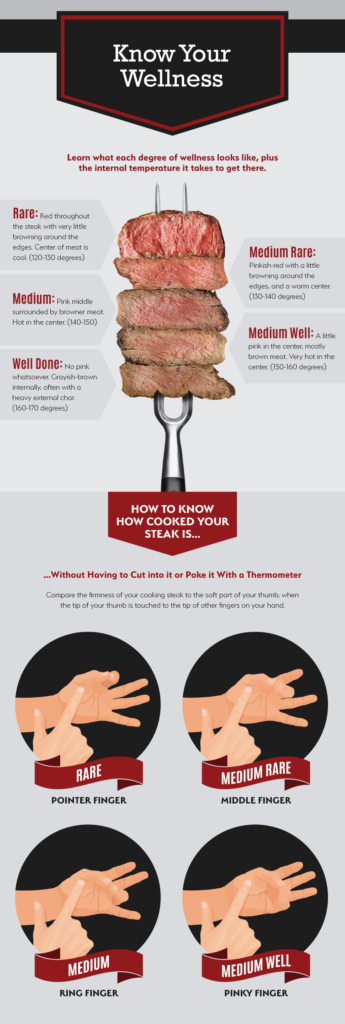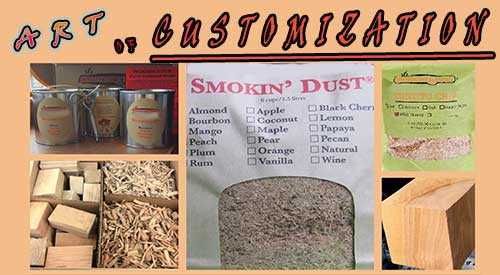Wed 21 Mar 2018
FOOD LABELING TREND MAY NOT BE THE SAFEST BET
Posted by DrSmokeRead other related stories: Commercial smokehouse , Cooking With Wood , General Smoking Information
No Comments
FOOD LABELING TREND MAY NOT BE THE SAFEST BET

Recently, I came across a great article on the new hot trends in cold cuts and smoked meats. The article stressed how the $200 million in sales was the result of companies offering such things as chorizo, pepperoni, salami, and smoked bacon with bolder flavors and cleaner ingredients. So, why do I have a problem with this and how does it relate to food labeling?
What About the Smoke
The article went on to explain that the No. 1 trend in smoked and processed meats is products that are “uncured” or “no-nitrates added”, stating that this is due to the new health-conscious consumer. This got me thinking about smoked products in general. No one seems to be asking about the smoking process used to get that bacon hickory smoked!
If people are so sensitive to the ingredients in their foods, why haven’t we become concerned about the smoke component used for the actual process?
Food Labeling- Demand Label Changes
There are so many companies investing in the repackaging of their products to include such labels as “no-sugar-added”, “dairy-free”, and “gluten-free”. Consumers are label readers and keenly interested in how products are made, how animals are raised, how products are preserved, and the percentage of fat in the processing.
One factor in food preparation that doesn’t seem to have been included in food labeling is the actual smoking process for food products like smoked bacon, fish, or beef jerky.
Why doesn’t anyone seem concerned enough to ask what are they smoking with? Is it actual wood or the wood-flavored vapor that is used to make liquid smoke, hardly an ingredient that would be considered chemical-free?
Food Labeling- Wood Should Be a Food Ingredient
Let’s examine why wood should be looked at as a food ingredient when used for hot or cold smoking or wood-fired cooking in general.
First, not all companies selling wood products under the guise of smoking, identify what components of the tree are manufactured in the product. Nor do they give any indication if the wood used in the manufacture of products started for only the purpose of food application. To clarify this point, let’s review one common seller of wood products found on Amazon.com.
This popular choice in wood chips started as a hickory and mesquite manufacturer of log products by a single owner back in 1986. Originally, they sold logs to locals around their area. Eventually, they branched out to wood chips and wood chunks in retail packaging when BBQ became so popular.
The company was sold to a fire log company who uses recycled wood sawdust and agricultural fibers to produce fireplace log products. With the change in ownership, the company began selling other woods; pecan, post oak, and mesquite that are native to their home state of Texas, and the rest of the offerings which are brought in from other suppliers and locations. There is no bark removal, there is no separation of wood layers. Much of the product lies in open areas on the ground exposed to the southwestern sun as well as to anything else that may make contact. The product is left uncovered in outdoor areas awaiting packaging, even after it has been kiln dried which is the only reference made to any preparation of the wood.
Here is one concern with the current ownership – keep in mind, with a primary business of manufacturing charcoal and fire log products, this business was originally connected to a cedar and basswood pencil business. For those who don’t know woods, cedar and basswood are both softwoods, something that can be toxic if used for cooking food.
No Wood Regulations
There are no regulations that specifically state that you must guarantee that the wood packaged is clean, pure, and 100% of what it says it is on the label. Just about anyone can start to package wood, whether hardwood or softwood or a combination of both, as a “cooking”, “grilling”, “smoking” or “BBQ” wood. There are no regulations that it must be kiln dried or heat treated. It is a free-for-all with regard to food labeling!
There may be claims that we are label readers, but it appears when it comes to wood used for cooking, we don’t have a clue. This may be the oldest method of cooking in existence, but it certainly doesn’t have to contain the same risks as what the earliest homo sapiens endured.
The next time you see packaging that bacon, jerky, deli meat is of a smoked variety, look at the label and ask the question, “How was this smoked?” You will be amazed that little or no answers are provided. I hope you enjoyed our topic “Hot Trend” and the argument for better food labeling!
Purchase products:
Wood Chunks- Double & Single Filet
Wood Chips- Grande Sapore®

More Related reading on “What Wood for Smoking” and other great smoking and grilling tips and techniques
Additional reading:
-THE SMOKINLICIOUS® STORY
-WOOD SUPPLIER- ARE YOU GETTING WHAT YOU PAID FOR?
-WHAT’S IN THE SMOKINLICIOUS® WOOD CHUNK BOX?
-Is It Fresh? Here’s Why You Need to Know
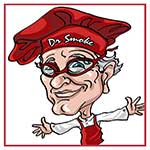
Dr. Smoke- Food labeling is important for health and food safety. It should apply to all smoked foods!

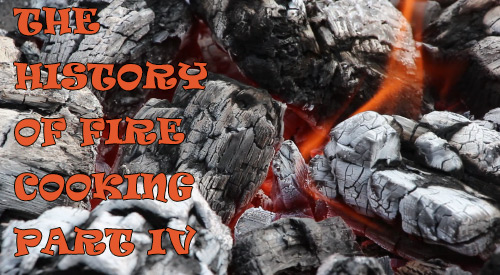
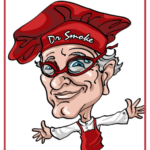

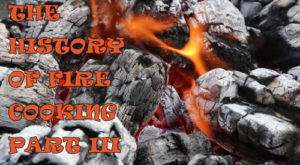



 nutmeg and topped with a crisped sage leave and touch of maple syrup. My favorite part of this dish was its serving bowl – a charred mini white gourd. By retaining the top of the gourd, you can ensure that the soup stays hot until its placed in front of the guest. Each gourd was hand cut and charred to ensure no off flavors transferred from the gourd to the soup. Just a perfect vessel for this scrumptious soup.
nutmeg and topped with a crisped sage leave and touch of maple syrup. My favorite part of this dish was its serving bowl – a charred mini white gourd. By retaining the top of the gourd, you can ensure that the soup stays hot until its placed in front of the guest. Each gourd was hand cut and charred to ensure no off flavors transferred from the gourd to the soup. Just a perfect vessel for this scrumptious soup. Now, it’s time for the main course – course number five! First came the proteins. We produced a wood-fired leg of lamb and lamb rib loins cooked over charwood, ash, sugar maple, and wild cherry wood chunks. The wood-fired cooking offered a fabulous color to the meat.
Now, it’s time for the main course – course number five! First came the proteins. We produced a wood-fired leg of lamb and lamb rib loins cooked over charwood, ash, sugar maple, and wild cherry wood chunks. The wood-fired cooking offered a fabulous color to the meat. the perfect end to a fantastic evening.
the perfect end to a fantastic evening.



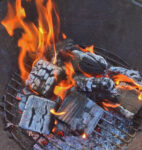
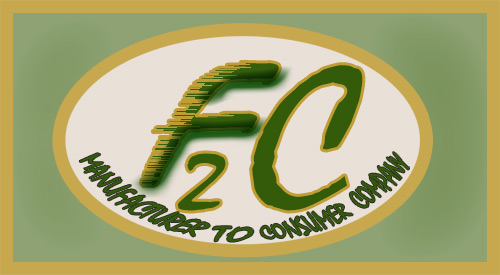

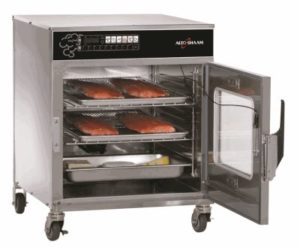

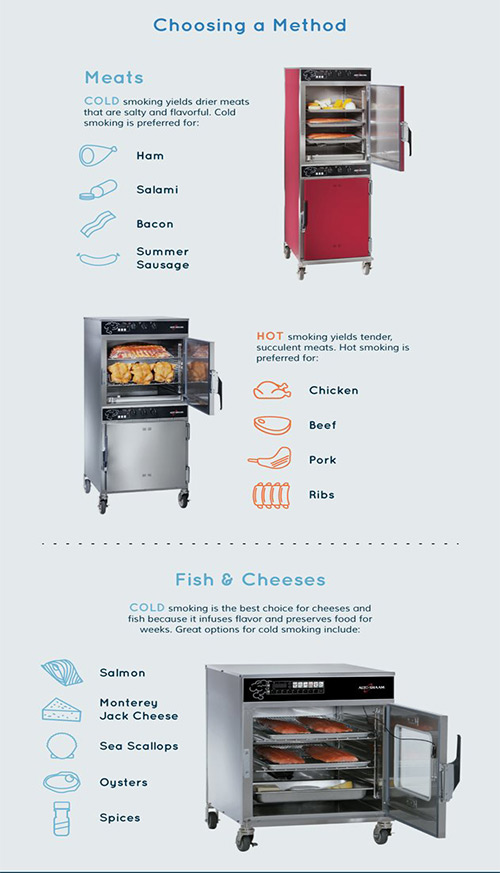



 The Kettle Grill
The Kettle Grill



